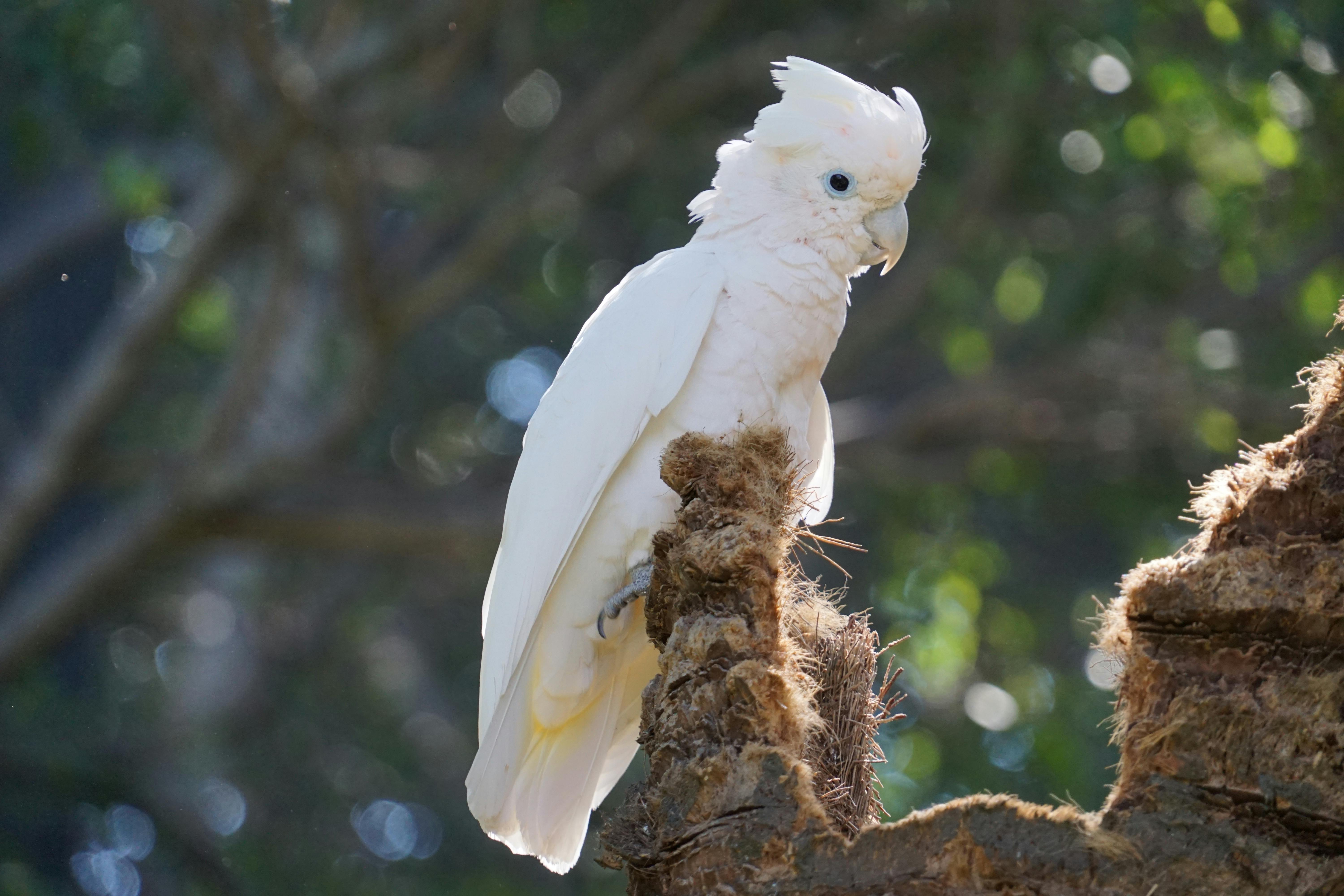
Top 5 Ways to Improve Balloon Belly Molly Care in 2025
In the vibrant world of freshwater aquariums, the balloon belly molly stands out not only for its unique physique but also for its friendly demeanor, making it a favored choice among aquarium hobbyists. As keepers strive for optimal fish health and vibrant tank life, understanding the balloon molly care and embracing new techniques can significantly enhance the aquarium experience. In 2025, with advancements in fishkeeping knowledge and technology, there are practical ways to enhance care routines and create a thriving aquatic ecosystem.
This article delves into five essential strategies to elevate your molly fish care routine. From improving water quality to selecting the best tank mates, we will discuss the key takeaways to ensure your colorful fish live a healthy and vibrant life in your freshwater aquarium. Let's explore how cultivating an ideal environment for these remarkable livebearers can improve their longevity and boost your success as a fishkeeper.
1. Optimize Water Quality for Your Molly Fish Tank
Building upon the foundational understanding of how vital water quality is to fishkeeping, optimizing the conditions for balloon belly mollies is crucial. The ideal water parameters for your aquarium should include a temperature range between 74°F to 81°F, a pH level of 7.5 to 8.5, and soft to moderately hard water. Testing the water conditions regularly enables the detection of fluctuations and helps maintain a stable environment.
Understanding and Adjusting Water Parameters
One critical aspect of balloon molly care is understanding the importance of water parameters tracked through regular testing. Aquarists can employ water quality testing kits to monitor ammonia, nitrite, nitrate, and pH levels. Elevated ammonia or nitrite levels can be detrimental to fish health, leading to stress and disease. If fluctuations are observed, take immediate action by performing partial water changes or using chemical treatments to correct the parameters.
Water Filtration Systems
Utilizing an effective aquarium filtration system is essential for maintaining optimal water quality. A quality filter will help reduce waste buildup and promote beneficial bacteria growth, ensuring a bioactive environment. Mechanical filtration, biological filtration, and chemical filtration together play a vital role in sustaining a healthy aquatic habitat. Regular maintenance of the filtration system, including cleaning and replacing filter media, will enhance its effectiveness.
Water Quality Management Techniques
Integrating specific water quality management techniques, such as adding aquatic plants and using water conditioners, contributes to an improved aquatic environment for your fish. Live plants help naturally filter the water and provide hiding spots, which enhance the comfort level for mollies. Moreover, employing water conditioners can neutralize harmful chemicals during water changes, keeping your molly fish thriving.
2. Design the Perfect Aquarium Setup for Mollies
With optimal water quality secured, the next step in enhancing balloon molly care is to focus on creating a suitable aquarium setup. A well-planned tank design not only enhances the aesthetic appeal but also promotes healthy behaviors among these lively fish. Creating a peaceful aquarium environment, filled with appropriate decorations, substrates, and plants, is vital for the well-being of your molly fish.
Choosing the Right Substrate for Your Aquarium
The selection of substrate can significantly impact the health of your mollies and their interactions within the tank. Fine gravel or sandy substrates are ideal options for balloon mollies, as they facilitate excavation behavior while minimizing injury to their delicate bodies. Consider layering the substrate to create depth variations, allowing for increased biological filtration and better plant growth.
Essential Aquarium Decorations
Incorporating various decorations such as caves, rocks, and driftwood can facilitate a stimulating environment for mollies. These elements act as crucial hiding places and provide opportunities for exploring and establishing territories. Ensuring that decorations are free from sharp edges is vital to prevent injuries. Striking a balance between open swimming spaces and sheltered areas will encourage normal molly behavior, reducing stress levels.
Integrating Aquatic Plants
Integrating a variety of live plants is a pivotal aspect of enriching the molly fish habitat. Choose fast-growing species like Java Fern, Hornwort, and Anacharis to provide natural cover, oxygenate the water, and absorb excess nutrients. Proper plant care, including trimming and maintenance, will ensure a balanced ecosystem that promotes the overall well-being of your fish.
3. Tailor Fish Diet for Optimal Molly Growth
Diet is another impactful aspect of balloon molly care. By fine-tuning the feeding regimen, fishkeepers can promote healthy growth and vibrant coloration in their mollies. A balanced diet boosts their immune system, helping prevent diseases and enhancing fish longevity.
Choosing the Right Fish Diet
When it comes to molly fish feeding, opt for high-quality flakes or pellets specifically formulated for livebearers. Including a mix of plant-based and protein-rich foods will support their diverse nutritional needs. Supplement with freeze-dried or frozen foods like daphnia, brine shrimp, or bloodworms to increase their nutrient intake and encourage natural foraging behaviors.
Feeding Frequency and Amount
Establish a feeding routine that avoids overfeeding, as this can lead to health issues such as obesity and water quality deterioration. Feeding your mollies two to three times a day, only what they can consume within a few minutes, promotes a healthy feeding habit. Regular observation allows you to assess their dietary needs and adjust based on behavioral cues and overall health.
Identifying and Avoiding Common Feeding Mistakes
Common mistakes in feeding can severely impact fish health. Overfeeding, ignoring dietary variety, and using low-quality foods are some pitfalls to avoid. Incorporate a variety of food types to provide a balanced diet and promote the best health outcomes. Adjusting the diet during breeding periods yields positive results in enhancing molly breeding behavior.
4. Monitor Fish Health Regularly
The health of your mollies should be a top priority for any enthusiast. Regular monitoring for signs of stress, disease, or malnutrition enhances your capacity to respond quickly to health issues, maintaining a vibrant and active aquarium. Understanding balloon belly characteristics plays a critical role in assessing their well-being.
Recognizing Fish Behavior Changes
Observing fish behavior is the first step in identifying potential health concerns. Look for signs of lethargy, loss of appetite, or abnormal swimming patterns. Changes in behavior often indicate stress factors that require immediate attention. Providing a tranquil environment minimizes aggression and aids in keeping your mollies happy and healthy.
Routine Health Checks
Establishing a routine for health checks that includes a visual examination of fish for any external abnormalities like lesions, cloudy eyes, or fin rot can help catch problems early. Additionally, researching common fish diseases that affect mollies gives you an edge in proper identification and treatment.
Disease Prevention Strategies
Implement preventive measures to reduce disease risks, including maintaining optimum water quality, proper nutrition, and quarantining new tank mates before introducing them to the aquarium. Utilize appropriate medications for any sign of disease to maintain overall health and support recovery. Knowledge and prompt action are essential in navigating potential health issues.
5. Select Suitable Tank Mates
Choosing the right molly tank mates fosters a harmonious aquarium atmosphere. Peaceful community fish can help cultivate a serene environment that reduces stress, while promoting dynamic social interactions among tank inhabitants. Understanding fish compatibility becomes essential to ensure compatibility with balloon mollies.
Community Fish Selection
When selecting tank mates for your mollies, consider other colorful and community-friendly species such as guppies, platies, and tetras. These species have similar water requirements and behavioral traits, enhancing the community dynamics. Avoid aggressive or territorial fish that may disrupt the peaceful coexistence within the tank.
Preventing Aggression Among Fish
Ensure ample space, hiding spots, and proper schooling arrangements to minimize aggression among tank mates. Maintaining adequate fish tank size and adhering to appropriate stocking levels are vital to avoid overcrowding, which can lead to stress and fighting. Researching species beforehand will help in creating a balanced community and avoiding future conflicts.
Building a Diverse Aquatic Community
Creating a diverse aquatic community fosters a rich environment for your balloon mollies and their companions. Emphasizing biodiversity in your aquarium encourages natural interactions, enhancing both health and enjoyment. This balance is key to long-term success and enhances everyone's experience in the aquarium hobby.
Q&A Section on Balloon Belly Molly Care
What is the lifespan of balloon belly mollies?
The typical lifespan of balloon mollies ranges between 3-5 years with proper care, quality water, and a balanced diet. Ensuring optimal conditions can extend this period.
How many balloon mollies can I keep in a 20-gallon tank?
A 20-gallon fish tank can comfortably house up to 10-12 mollies, provided there are no territorial fish present. It's essential to avoid overcrowding to maintain a thriving environment.
What should I feed my balloon mollies?
A well-rounded diet for balloon mollies includes high-quality flakes or pellets, complemented with occasional treats like freeze-dried brine shrimp, to support optimal growth and health.
How can I tell if my mollies are sick?
Watch for signs like lethargy, loss of appetite, discoloration, or abnormal swimming patterns, which are indicators of potential health issues that require immediate attention.
Are live plants necessary for a balloon molly aquarium?
While not absolutely necessary, live plants are highly beneficial for balloon mollies as they improve water quality, provide hiding spots, and contribute to their overall well-being.

